How You Can Create Purposefully With Conceptual Fine Art Photography
![]()
A reason to be, a strengthening force, a ‘guiding light’ — purpose gives us joy, motivation, and the ability to persevere. As photographers, it may then be beneficial to connect our art form with purpose. In doing so, we may find a more holistic approach to creating — helping us to sustain inspiration, providing us with variation and challenge, and, most importantly, giving us a sense of fulfillment.
NSFW warning: This article contains photographs with implied nudity.
One way we may connect our photography to purpose is via the widely varied conceptual genre. Conceptual Photography is all about communicating a message. It includes a range of visual methods, from the surreal to the literal and symbolic. Conceptual Photography enables us to create images with meaning, enriching our work beyond its aesthetic value. This can enable us to connect to ourselves and others more purposefully.

Connecting to Purpose
To create work like this, we need to first connect to purpose. Some of us intuitively know what calls to us. Some need to intentionally reflect. Everyone can find purpose, each according to their circumstances, abilities, and passions.
Our purposes are shaped by who we are, how we think, and what we believe. To seek purpose is to look into the past and notice what still holds value in the present. To imagine the future and how we hope this may take form.
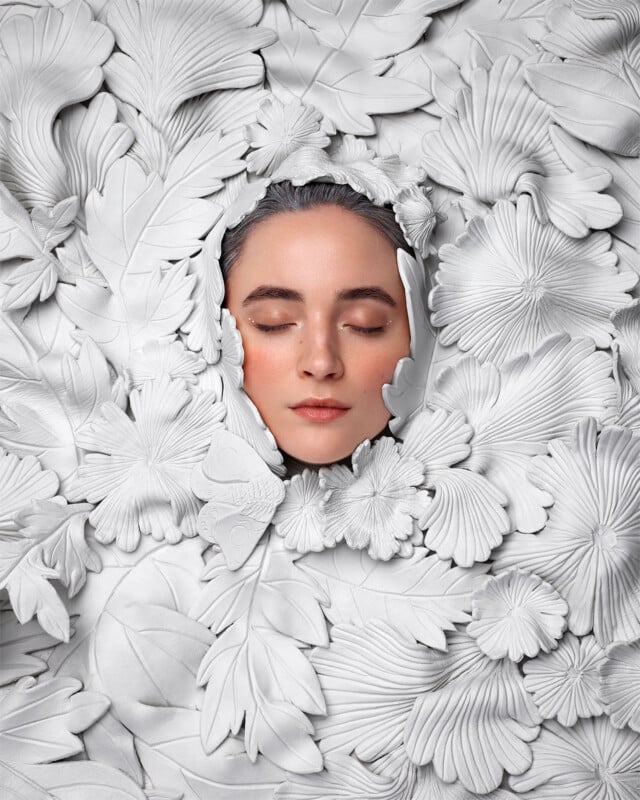
What we find most meaningful can often be seen in our patterns over time. Themes that resurface, ways we’ve interacted with others that have had a positive impact. Our purpose is often connected to the deepest parts of us. It’s in the topics we become animated about in conversation and the causes that move us emotionally. To find purpose is to spend some time answering the questions — who do I want to be, and what do I want to be remembered for?
It can be helpful to spend some time reflecting on your purpose. You may have more than one, and they may shift over time. Ask yourself — what message would you most like to put out into the world right now if you could?
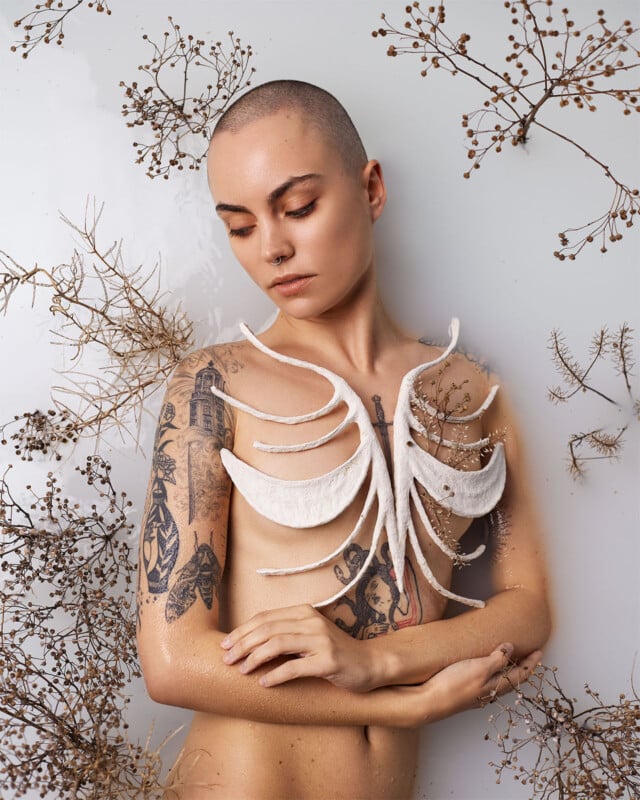
Conceptual Photography
Once you have found something you would like to communicate, you can begin to find ways to represent your message visually. Conceptual Photography takes your message (or concept) and translates it into a visual image. The methods you use to do this depend on your style of photography. The surreal may exaggerate, the literal may directly show, and the symbolic may imply on a subtler level. There are many visual vehicles, such as color, environment, the pose of the subject, wardrobe, and props. Everything within the frame can be employed to communicate your concept in whatever style you choose.

Metaphor and Symbolism as Conceptual Tools
While my work stylistically dances on the borderline of the surreal and literal (magical realism), the main tools I use to translate the message of each photograph into visual form are metaphor and symbolism.
Metaphor emphasizes similarities between two different things, and symbolism is an ancient technique by which imagery is used to represent an idea. By using these tools, we are enabled to go beyond what is immediately seen and communicate our concept via layers of meaning.
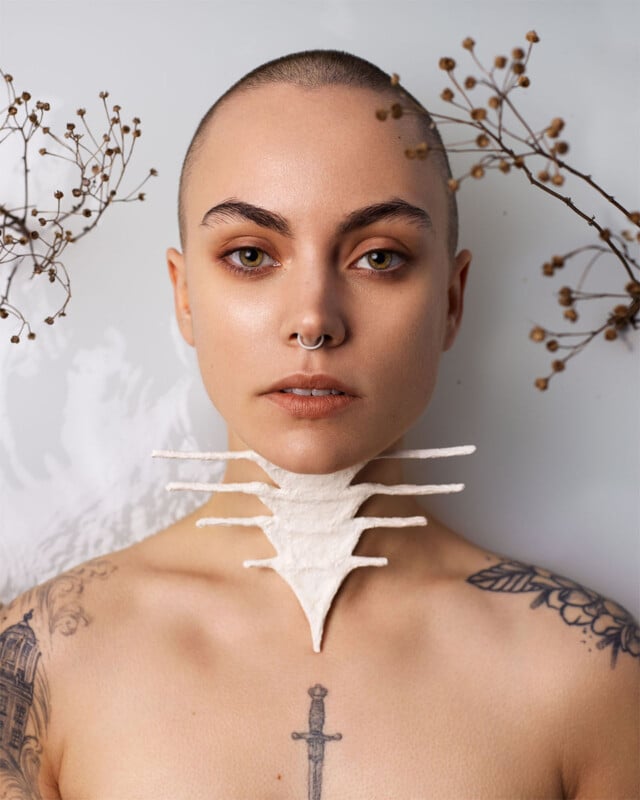
Metaphors can be useful when we want to represent an idea that is not visible or aesthetic. We can instead use something beautiful that has the trait we want to represent in common with our idea. For example, with my image ‘Unearthing Purpose,’ I wanted to convey that as we learn more about ourselves and who we are, we are empowered to step into a more purposeful life. This isn’t something directly visual, so I thought about the medium of clay. As we shape clay into a mug, plate, or other object, it becomes useful for something specific — its purpose is revealed through its identity.
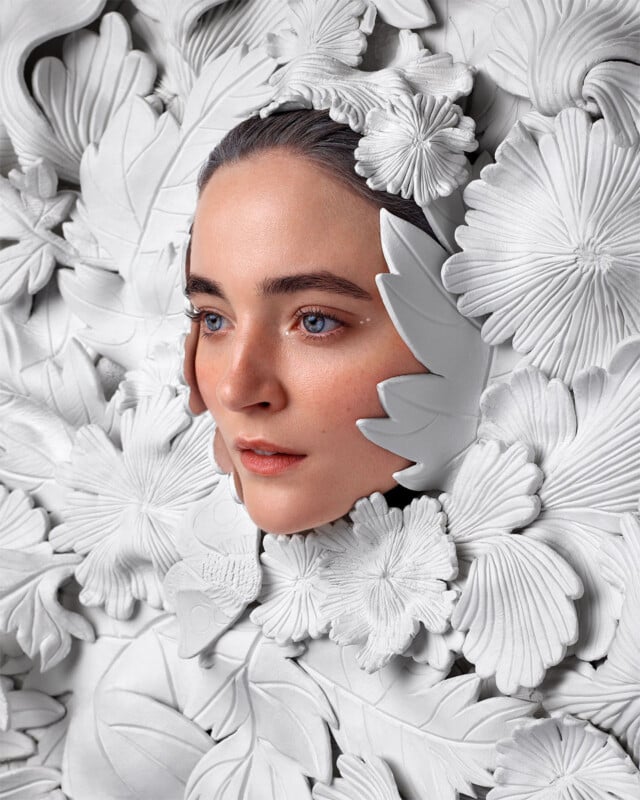
Symbols may be used to communicate clearly and simply. They can be quite widely interpreted (for example: a moth representing transformation), or more nuanced (like a moth as a reminder to seek the light in dark times). They can also be entirely personal (maybe you are terrified of moths, and they represent fear to you). Symbols are subject to the viewer’s background and experiences, while nuanced and personal symbols may require the photographer to share the meaning behind their imagery.
Communicating with Purpose
To communicate purposefully, it can be helpful to first break things down. For example, something I find purposeful is to inspire people to think about what is of deep value in life and refocus on what is paramount with the time they have. To create an image of this, I first spent time thinking and researching what people find significant in life, and a recurring theme was relationships. So for my piece ‘Those We Love,’ I wanted to communicate about the importance of interdependent relationships and community.
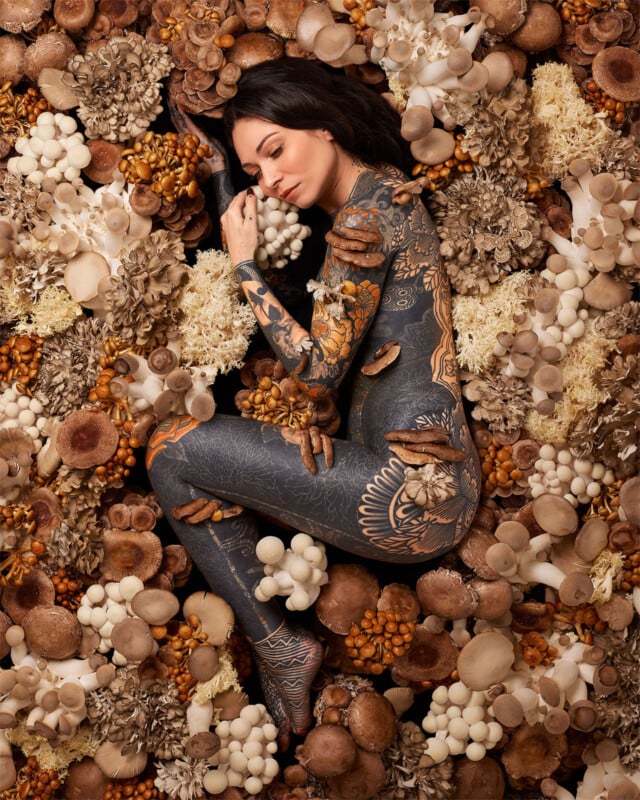
Once you have a clearer idea of your concept, you can begin to consider what visual elements might represent it. This can be anything from the subject or setting of your photo to the aesthetic elements you use. It is ideal to find elements that not only reflect your narrative but also connect to your visual style and what you find beautiful. Since I find endless inspiration in nature, with ‘Those We Love,’ I thought about examples of interconnection in nature — such as with mushrooms. As I researched deeper, they became a wonderful metaphor for human relationships.
Beneath the surface of mushrooms lies a vast root network. Microscopic ‘mycelium’ forms an essential connection to surrounding plant life, allowing the exchange of life-giving nutrients. All that happens unseen is revealed in the growth on the surface. Much like mushrooms, the connections we make are vital to our development. As we share with one another, we all grow. We develop in likeness to those we surround ourselves with and especially to those we love. They are the unseen network that sustains us.
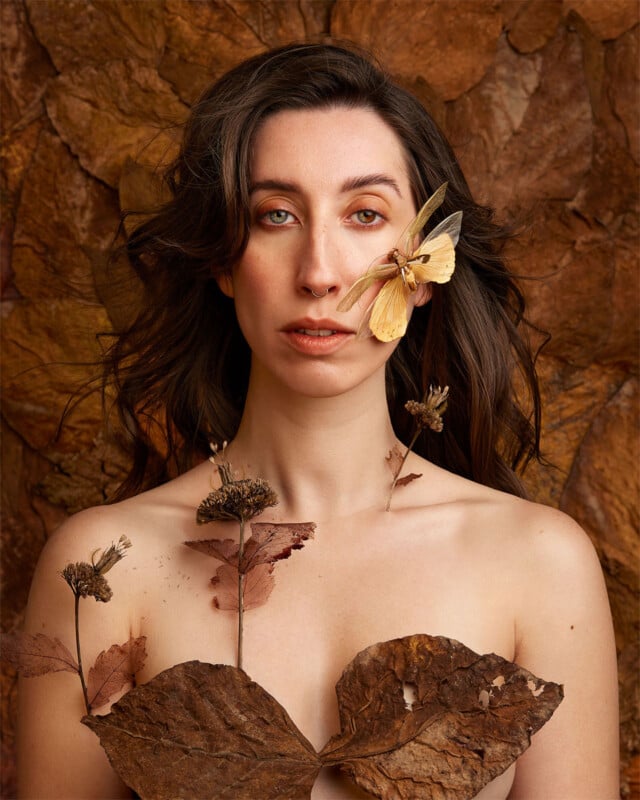
A Fulfilling Approach
Conceptual Photography is a powerful genre. With it, we can communicate purposefully, facilitate connection, and start meaningful conversations on topics close to our hearts. In doing so, we may find a sustainable and fulfilling approach to our craft beyond aesthetics alone.
About the author: Leigh Schneider is an award-winning Conceptual Fine Art Photographer from New Zealand. Infused with symbolism and allegory, each of her artworks is hand crafted — usually over a period of weeks or months — to reveal the unseen via a visual medium. Capturing the work in camera is just one part of a substantial process. As well as offering limited edition artworks, commissions and other services, she is a passionate teacher, who loves to help others find vision, direction and purpose within their craft.
Website / Instagram / YouTube / Facebook
Image credits: All photographs by © Leigh Schneider